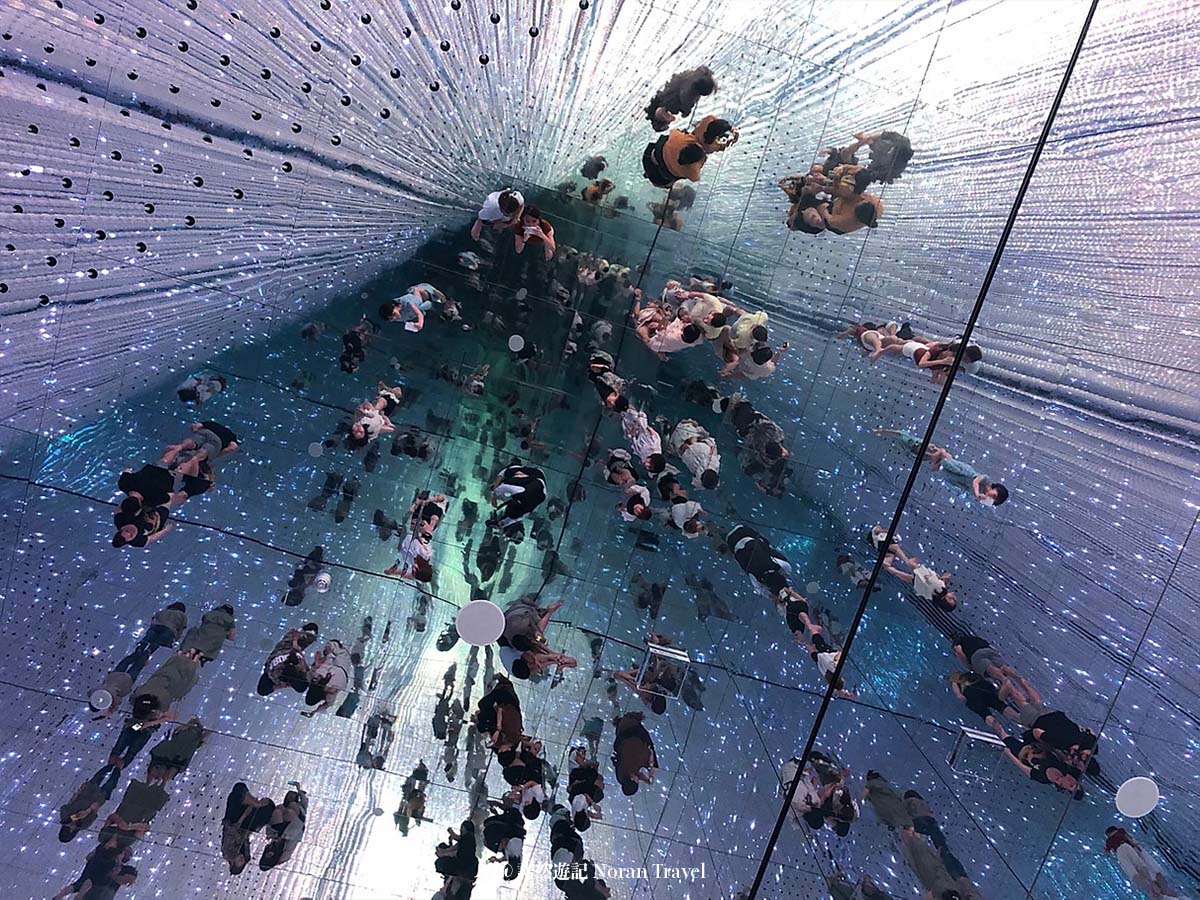Disclaimer: The content is translated from Traditional Chinese by AI. We’re reviewing all translations manually to ensure the accuracy!
📍Rokuon-ji (Kinkaku-ji/Golden Pavilion Temple)

Rokuon-ji (鹿苑寺 also known as Kinkaku-ji) is a Zen Buddhist temple, built in the fourth year of the Oei era (1397). The temple's historical origins, cultural value, and association with important figures in Japanese history led to its designation as a World Heritage Sites in 1994. In fact, the entire temple is called "Rokuon-ji", and what is known as "Kinkaku-ji" is only one of the halls. Today, we would like to introduce it to you:
- The Meaning of Kinkaku-ji
- The History of Kinksku-ji
- The Architectural Style of Kinkaku-ji
- The Tale of Hakujanotsuka (or White Snake)
- Kinkaku-ji Goshuin (御朱印)
- How to get to Kinkaku-ji Temple, Ticket Prices and Opening Hours
Kinkaku-ji Map

The present site of Rokuon-ji was once the residence of the Saionji family during the Kamakura period, which once flourished, but gradually fell into disrepair due to a lack of maintenance over the generations. Nowadays, visitors can follow the routes provided by the temple to enjoy the beautiful scenery of Sekka-tei, Ryumontaki, Hakujanotsuka, Rikusyunomatsu , and Gankasui, among others.
Kinkaku-ji Entrance Ticket

Kinkaku-Ji only accept cash, please remember to being cash for your ticket before entering. After payment, the staff will provide you with a map and an admission ticket. The ticket is written in Kanji which itranslate into blessing of guardianship, wishing you all the best in all your endeavours, and your home and family.
The History of Kinkaku-ji (金閣寺)

In 1394, Ashikaga Yoshimitsu, the Sei-i Taishōgun (征夷大将軍, "Commander-in-Chief of the Expeditionary Force Against the Barbarians"), acquired what was then known as Kitayama-dai(北山第), and began a large-scale reconstruction, including the construction of the Shariden Kinkaku(舎利殿 金閣), which was made to look like a paradise on earth with gold. As a result, the temple also known as Kinkaku(金閣). In 1397, Yoshimitsu renamed Kitayama-dai(北山第) to Kitayama-dono(北山殿) designated the Shariden as a place of Zen meditation. After Yoshimitsu's death, his son, on the advice of Yume Window Kokushi, the villa was turned into a temple according to his will. The villa also being renamed as Rokuon-ji(鹿苑寺), the name Rokuon was taken from the first two characters of Yoshimitsu’s posthumous name
Unfortunately, most of the buildings of Rokuon-ji (except for the Hall of Shariden) were burned down during the Ōnin War in the 15th century, leaving the temple as the only remaining architectural site of the Kitayamabunka(北山文化), thus it was declared as a national treasure by the Japanese government prior to the war. In 1950, a monk set fire to the Shariden, destroying the building, sutras, Ashikaga Yoshimitsu's wooden statue, and Avalokiteshvara's statue. The Shariden we see today was restored to its original condition in 1955, and in 1987, the entire exterior of the Shariden was completely redecorated with gold leaf, giving it its present appearance.
The Architectural Style of Kinkaku-ji (金閣寺)

Kinkakuji Temple is a splendid three-storey mezzanine-like building situated on the shore of the Kyoko-chi Pond. In addition to the striking gold leaf decorations, the three floors of the building are decorated in the styles of different eras, but are loved for their harmony. The first story is known as Hossui-in, and is built in the Heian palatial style, shinden-zukuri, while the second floor, Cho’on-do is in the buke-zukuri style that was common among samurai houses in the Kamakura period. The third floor, Kukkyo-cho, is in the style of Chinese Zen temples. The roof of the temple is in the form of a pagoda and is delicately decorated with a golden phoenix symbolising good fortune.
Hakujanotsuka (白蛇の塚)

The Hakujanotsuka (White Snake Tomb) at Kinkaku-ji Temple is a five-ringed stone pagoda and is said to enshrine the Saionji family deity.
Kinkaku-ji Goshuin (御朱印)

At Kinkakuji Temple, there are two types of seals: the Imperial Seal of Shariden (Kinkakuji Temple) and the Imperial Seal of Fudo Myojin (Fudo Myojin), both of which can be obtained at the Kinkakuji Temple's Imperial Seal Office. After visiting the Hall of Shariputra and the Fudo Myojin, you can pick up the corresponding seal. For more information on the origin of the name of the seal, how to obtain it, and the etiquette and taboos, please refer to【Japan】Goshuin | Encapsulate Your Visit and Devition with Goshuin, Difference Between Shrines and Temples
Shoyu dango (醤油だんご)

After visiting Kinkaku-ji, we saw a small shop selling Shoyu dango at the exit, which were really delicious with soy sauce! After that, we took a bus to Ohara to start our hot spring experience!
How to get to Kinkaku-ji?
From Kyoto Station take 205 City Bus to Kinkaku-ji Michi Station (Ride time 44 min) (Luggage are not allow on Kyoto Bus please store your luggage at a Coin Locker -100yen)
💡Address:1 Kinkakujicho, Kita Ward, Kyoto, 603-8361(Google Map Link)
💡Opening Hours:9AM - 5PM
💡Ticket Price:500yes(General)| 500yen(Primary and Middle School Students)
💡Official Website:https://www.shokoku-ji.jp/kinkakuji/
🚝 Must-haves for traveling in Japan
Use Skyscanner to find the cheapest international and national flight, together with JR Pass, you can enjoy unlimited travel on the nationwide JR network, including Shinkansen. Giving you the freedom to explore Japan at your own pace, with no limit on the number of trips you can take.

















